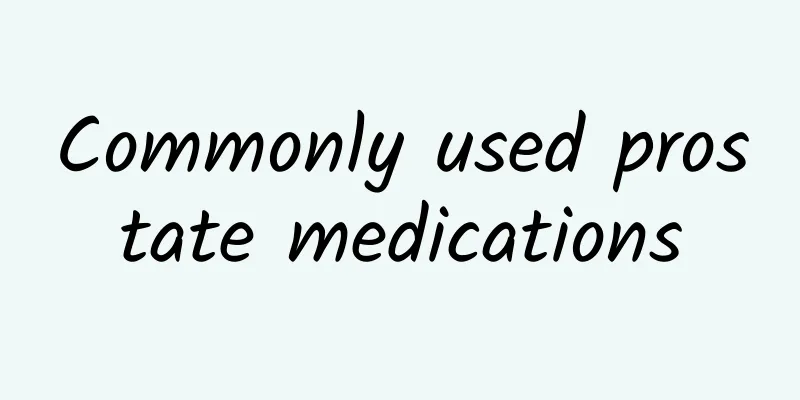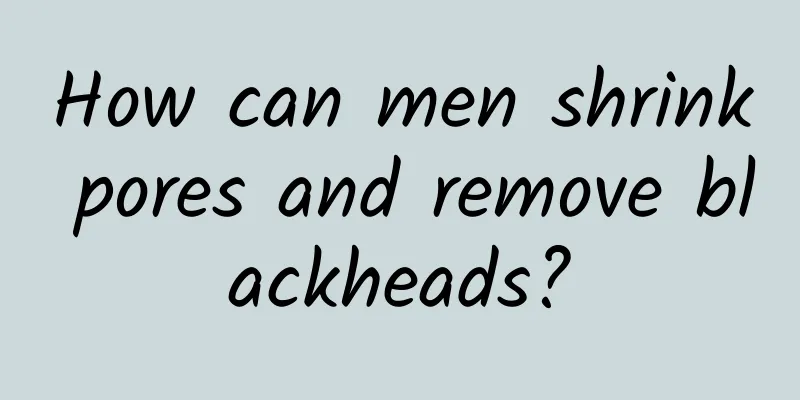Commonly used prostate medications

|
The prostate is an important organ for men. If there is a problem with the prostate, such as the most common prostatitis, it will have a certain impact on men's physical health and normal life. There are many ways to treat prostatitis, but the most convenient and effective way is drug treatment. So, what are the common drugs for treating prostatitis?
Currently, in clinical practice for the treatment of prostatitis, the most commonly used first-line drug is antibiotics, but only about 5% of patients with chronic prostatitis have clear bacterial infection. Type II: Antibiotics are selected based on the results of bacterial culture and the ability of the drug to penetrate the prostate. After prostatitis is confirmed, the course of antibiotic treatment is 4 to 6 weeks, during which the patient should undergo a phased efficacy evaluation. Intraprostatic injection of antibiotics is not recommended. Type ⅢA: Antibiotic treatment is mostly empirical treatment, and the theoretical basis is to speculate that certain pathogens that are negative in routine culture cause the occurrence of this type of inflammation. Therefore, it is recommended to take oral antibiotics such as fluoroquinolone for 2 to 4 weeks, and then decide whether to continue antibiotic treatment based on the feedback of the efficacy. Only when the clinical symptoms are indeed alleviated, it is recommended to continue the use of antibiotics. The recommended total course of treatment is 4 to 6 weeks. Type IIIB: Antibiotic treatment is not recommended. 2. α-receptor blockers α-receptor blockers can relax the smooth muscles of the prostate and bladder and improve lower urinary tract symptoms and pain, thus becoming a basic drug for the treatment of type II/type III prostatitis. Different α-receptor blockers can be selected according to the patient's condition. The recommended α-receptor blockers are: doxazosin, naftopidil, tamsulosin and terazosin. The results of controlled studies show that the above drugs have different degrees of improvement on patients' urination symptoms, pain and quality of life index. 3. Plant preparations The therapeutic effect of botanical preparations in type II and type III prostatitis is increasingly valued and is a recommended therapeutic drug. Botanical preparations mainly refer to pollen preparations and plant extracts, which have a wide range of pharmacological effects, such as non-specific anti-inflammatory, anti-edema, promoting bladder detrusor contraction and urethral smooth muscle relaxation. What are the most commonly used drugs for the treatment of prostatitis? Recommended botanical preparations include: Pusitai, Sabah palm and its extracts. Due to the large number of varieties, the usage and dosage must be determined according to the patient's specific condition, and the course of treatment is usually in months. The adverse reactions are relatively small. |
<<: How to remedy excessive sperm ejaculation
>>: What causes genital redness, swelling and itching?
Recommend
Why do men sweat frequently?
Many men sweat a lot, and everyone thinks that it...
What are the signs of kidney deficiency?
Speaking of kidney deficiency, the first thing pe...
What are the causes of dull pain in the right lower abdomen of men?
Many men will experience pain in the right lower ...
What medicine is used for penile herpes
Penile herpes can be easily confused with eczema....
How can men reduce waist fat?
Recently, the problem of fat on the waist of male...
How should men wear underwear?
How should we men wear underwear? There are many ...
I took Priligy but it didn't work
Priligy is a drug that is relatively well known t...
How can men last longer without ejaculating?
In life, every man hopes to last longer without e...
What does male genital cyst look like? These characteristics tell you
Cyst is a manifestation of skin disease, and it c...
What is Strawberry Nose? Here’s How to Easily Get Rid of It
Strawberry nose is a common clinical disease. It ...
What to do about male urethritis
There are many common diseases in life, and diffe...
What are the benefits of eating dog meat for men?
Because male friends are usually busy with work a...
What should men do if pubic hair falls out?
As we all know, when men enter puberty, secondary...
What is the best medicine for glans edema?
One of the diseases that male friends fear the mo...
What to do if you often have stomach acid? You can eat these to relieve stomach acid
Gastric acid is a substance secreted by the stoma...









